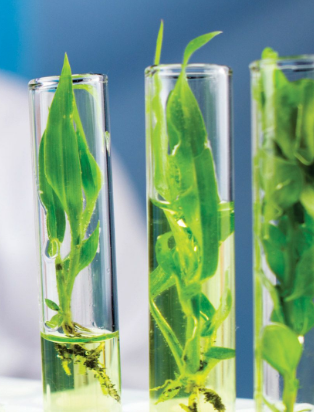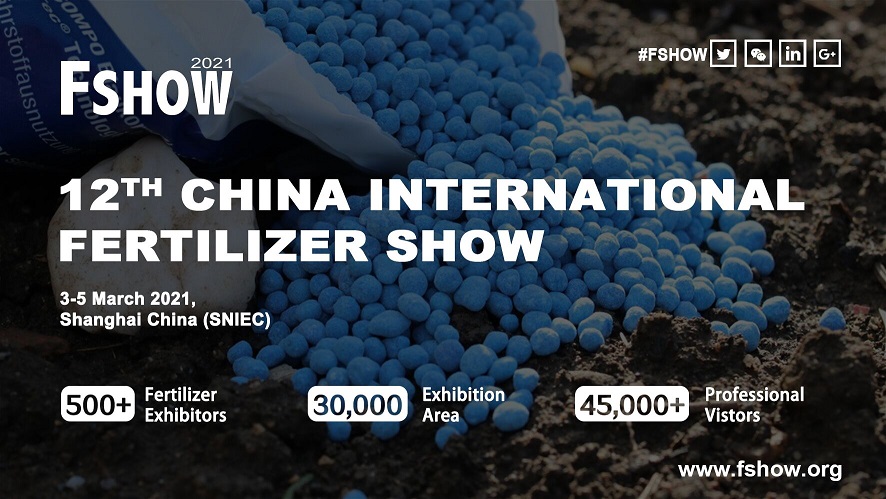
Exhibition time: 17-19 March, 2025 Shanghai, China
 中文
中文

Exhibition time: 17-19 March, 2025 Shanghai, China
 中文
中文

USE AND BENEFITS OF BIOSTIMULANTS
Societal demand and changing production patterns have resulted in abundant development of biostimulants. There are many solutions on the market claiming biostimulant effects on plants. It is interesting to take stock of the demonstrated effects on plants as well as the benefit realized by the grower.

INCREASED ABSORPTION OF MINERAL ELEMENTS
Nitrogen is an important element for the plant, its metabolism is well known, and many active ingredients have demonstrated their effects on the assimilation of nitrogen. This is the case of protein hydrolysate, rhizobium spp and the seaweed extract. For other minerals, the work is less significant and the effects less known. It is nevertheless noted that effects on phosphatase have been demonstrated with beneficial fungi as well as by algae extract. The main benefits mentioned in trials or research are an increase in the mineral content of plants, thus allowing a better yield as well as an increase in certain quality criteria. In some extreme cases, the doses of mineral elements are reduced because the use of CO2 is better so the risk of pollution is reduced.
ENHANCED PHOTOSYNTHETIC ACTIVITIES OF PLANTS
Photosynthesis is the engine of plant functioning, although it is dependent on the nutritional state of nitrogen. It has been shown that protein hydrolysates and seaweed extracts assist with an increase of synthetic activity. Many studies demonstrate how the application of biostimulants increase the color of the leaves. For example, amino acid, peptide and seaweed extract applications have shown positive effects on photosynthetic pigment. In this particular case, with the main application being by foliar treatment, the benefit identified was an increase of yield and a better tolerance to abiotic stress.
EFFECT ON HORMONAL BALANCE
Biostimulants have recognized effects on the hormonal balance of plants. They act on the production of growth hormones, anti-stress (auxin, gibberelins...) and fructification hormones. This effect is demonstrated by seaweed extracts, amino acid and peptide components and microorganisms. As an example of a biostimulant’s effect of the production of growth hormones, the biostimulant is applied either by foliar application to stimulate the plant during the vegetative growth phases; to mitigate the effects of abiotic stress, such as drought, or temperature; or during the fruiting phases on fruit trees and vine. The benefit realized by the grower is better yield by the number fruit per tree, or quality by the better forming of the fruit. In a second case, they are applied to the soil or in seed treatment to promote the development of seedlings, resulting in a better germination rate and more regular plant emergence.
IMPROVED RESISTANCE TO ABIOTIC STRESS
The resistance to abiotic stress is directly related to the mode of action of the products mentioned above. But some particular biostimulants, namely protein hydrolysates from plant/vegetal sources, demonstrated a better tolerance of plants to the toxicity of heavy metals (Zn,Cu , etc.). The biostimulants may be applied by foliar application when the toxicity is demonstrated; the benefit realized is a better vegetative development or yield. Use of biostimulants to reduce the effects of, for example, drought stress demonstrates varying efficacy in different situation and crops. The biostimulant may be applied prior to stress to “prime” the plant to better handle the forecasted stress. Or it can be applied during or after the drought. The biostimulant effect increases photosynthesis and a plant’s biomass, resulting in more yield.
Many studies and uses show positive effects of biostimulants with more or less significant benefits in controlled situations. In a grower’s field, the specific actions of the biostimulant can be more difficult to quantify. It is important for growers to understand the modes of actions of the various biostimulants. And careful employment of the right biostimulant applied at the right time is necessary to realize optimal benefits from the use of biostimulants.
(sourcing from biostimulant.com)
